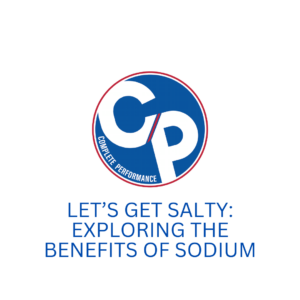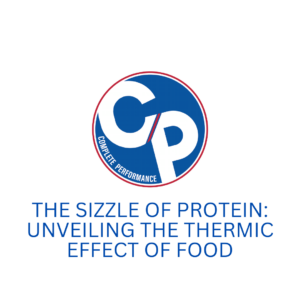Have you ever wondered why some foods seem to make you feel warmer or more energized after eating them? It’s not just your imagination—it’s science at work! One fascinating aspect of nutrition is the thermic effect of food (TEF), and protein happens to be the star of the show when it comes to boosting your metabolism.
What is the Thermic Effect of Food?
The thermic effect of food refers to the energy expenditure required to digest, absorb, and process nutrients from the foods we eat. Different macronutrients—carbohydrates, fats, and proteins—have varying thermic effects. Among them, protein stands out as the heavyweight champion.
Protein: The Metabolism-Boosting Superstar
When you consume protein-rich foods like lean meats, fish, eggs, legumes, and dairy products, your body has to work harder to break down and utilize the protein. This increased metabolic activity leads to a higher thermic effect compared to carbs and fats.
The Numbers Game
So, how much of an impact does protein have on your metabolism? On average:
– Carbohydrates have a TEF of around 5-10%.
– Fats have a TEF of about 0-3%.
– Protein boasts a TEF of approximately 20-30%.
This means that if you consume 100 calories of protein, your body will use up to 30 calories just to digest and process it—a significant boost to your calorie burn!
The Benefits Beyond Calories
The thermic effect of protein isn’t just about burning calories. It also offers other benefits:
1. Satiety: Protein-rich foods tend to be more filling and can help control hunger and cravings, making it easier to stick to your dietary goals.
2. Muscle Maintenance: Adequate protein intake is crucial for muscle repair and growth, especially if you’re active or engaging in strength training.
3. Metabolic Efficiency: By increasing your metabolic rate, protein can contribute to overall metabolic efficiency, potentially supporting weight management efforts.
Maximizing the Thermic Effect of Protein
To make the most of protein’s metabolism-boosting power:
1. Include Protein in Every Meal: Aim to have a source of protein (e.g., chicken, tofu, Greek yogurt) with each meal and snack.
2. Choose Lean Options: Opt for lean protein sources to minimize added calories from fats.
3. Combine with Fiber and Healthy Fats: Pair protein with fiber-rich vegetables and healthy fats for a balanced and satisfying meal.
4. Don’t Overdo It: While protein is beneficial, excessive intake won’t significantly increase the thermic effect and may lead to other health issues.
Protein’s thermic effect adds a flavorful twist to the science of nutrition. By including adequate protein in your diet, you can boost your metabolism, support muscle health, and enjoy the satiating benefits of this powerhouse nutrient. So, sizzle up your meals with protein-rich options and let your metabolism do the calorie-burning dance!
But wait!
Not sure where to start when it comes to eating more protein?
CLICK HERE to join the FREE Pack the Protein Challenge!




